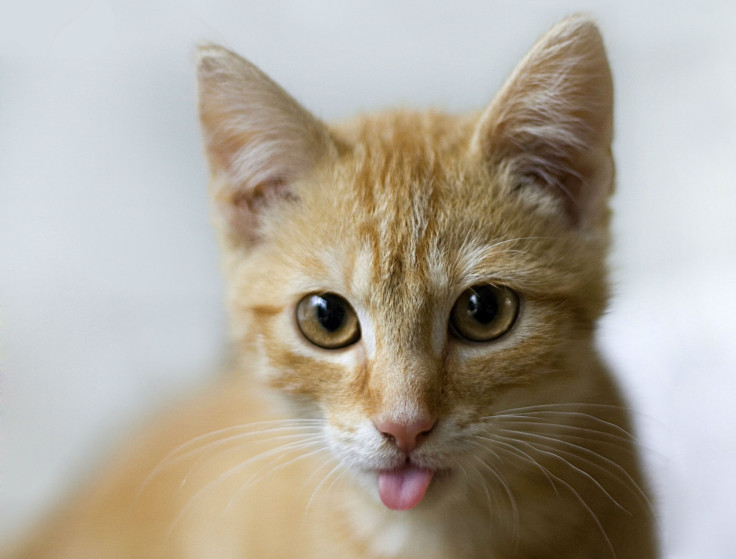Want to Be More Productive? Watch Some Cute Cat Videos

The next time your friend emails you the latest video of the saga of "Kitten versus Ribbon," don't be afraid to click on the link in front of your boss. Just tell him that you were building productivity. A study from Japan found that seeing images of cute things boosted focus and makes people more careful.
Previous studies on the effect of cuteness found that cute things or animals captured people's attention, made viewers smile and provided motivation for audience members to become more caring. Cute objects are helpfully defined by the article as "a large head relative to the body size, a high and protruding forehead, large eyes, and so forth".
Hiroshi Nittono and his colleagues at Hiroshima University conducted three experiments. The first asked 48 university students to play the game like the children's game Operation, in which players must remove objects from the patient, nicknamed "Cavity Sam," without activating a buzzer. After playing the game, half of participants viewed pictures of kittens and puppies. The other half looked at images of the relatively hideous adult cats and dogs. Then participants played the game all over again. Those who had seen the pictures of baby animals performed much better the second time around, indicating that they were more careful or that their motor skills had improved. The other participants showed no such improvement.
The second experiment used 48 different university students. Their task was to search for a particular number that appeared multiple times in a matrix, like a word search but with numbers, and to report how many of the particular digit they found in three minutes. This time, a third of the group viewed baby animals, a third saw adult animals, and a third saw pictures of pleasant food, like pasta and steak. Then they were made to perform the task again. The group that saw the baby animals once again saw their scores improve, while the groups that looked at pictures of adult animals or food had scores that remained fairly steady. This experiment showed that participants looking at cute things were more careful.
The third study had 36 university students indicate whether a stimulus contained the letter H or the letter T as quickly and as accurately as possible. Then they were shown baby animals, adult animals and neutral objects before performing the task again. All improved their reaction times the second time around, but the improvement was more marked for those who had seen adult animals or neutral objects.
The study is published in PLoS One. In our own effort to help you boost productivity, below is 2009 YouTube hit "Surprised Kitty."
Published by Medicaldaily.com



























